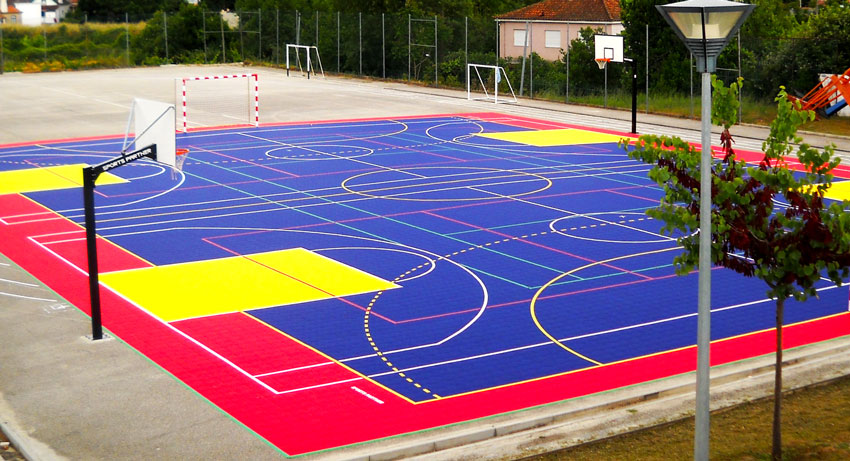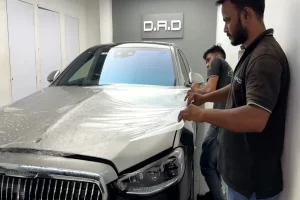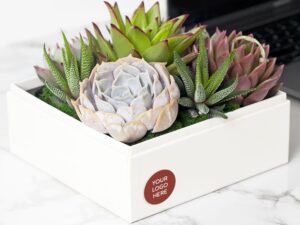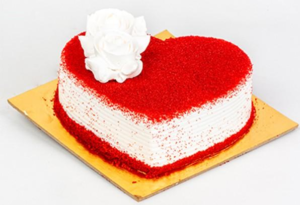
If you picture indoor basketball courts, you’re likely to envision light-varnished hardwood floors painted with traditional markings and court lines.
However, is that really the best kind of flooring for both amateur hoopsters and professional athletes?
From league regulations to safety and economics, there are a lot of factors you might want to look at, and this includes basketball flooring options beyond the traditional hardwood.
Indoor vs. Outdoor Courts
A look at the indoor basketball flooring cost is enough to scare away many individuals, with several professional basketball floorings costing more than $24,000. But with a little research, you will realize that it is possible to construct professional and beautiful basketball courts without paying the wazoo out.
On the other hand, surfaces for outdoor basketball courts should be difficult to wear out and, at the same time, forgiving. The shock to the ankles and knees might be tough on your body. In order to choose a perfect surface for outdoor basketball courts, you will need to involve several factors.
Different Kinds of Surfaces for Basketball Courts
Although basketball comes without many health benefits, you can’t possibly ignore the injuries and falls it comes with. Court managers need to concentrate on choosing perfect infrastructures, like the surface.
Currently, there are numerous types of basketball court surfaces. Apart from hardwood flooring, other common types of surfaces you can consider are:
- Concrete: This is suitable for outdoor basketball courts. It is not just convenient, only requiring basic manpower and equipment to set and pour. It is also affordable, and you may smoothen it out to offer a consistent surface for basketball players; not to mention, it’s durable and can withstand extreme cold and hot weather, provided you install it properly.
- Vinyl: Basketball courts made of vinyl is versatile and durable. Such courts are bolstered by the quality and solid-top finish, which helps prevent potential dampness.
- PU: This surface comprises three layers, making it a suitable option for indoor basketball courts. It is also flexible and comes with several shock absorber features. Although it offers comfortable activity and sports with its smooth surface and shock absorber, it guarantees safety for basketball players.
- Asphalt: This is among the most traditional flooring systems in basketball. For new players, this should be the first flooring option. Do you know why? Because asphalt surfaces are affordable, and you can easily have them constructed. So you are likely to get these types of flooring nearly everywhere, including playgrounds, schools, and parks.
Qualities to Look For
When choosing a surface for basketball flooring, you might want to go for something durable. Whether you want to construct a basketball court at home or one for commercial use, durability should be a must. It shouldn’t just withstand foot traffic. It must also be strong enough to withstand different elements which are exposed outdoors. Apart from durability, other qualities you might want to look for include:
- Installation
- Traction
- Perforations
- Maintenance
- Stability and bouncing
Concluding Remarks!
Basketball’s popularity makes the sport more important to integrate into the gymnasium. However, it is imperative to as well note that court spaces might be used for other sports disciplines. So it is important to ensure the basketball court can support you and your team reach your potential.





